Art and Design
At Buntingford First School our aim will be to produce creative, imaginative and expressive young artists who appreciate and understand human expression and individuality. Our curriculum aims to make art accessible to all students; it will enable pupils to communicate what they see, feel and think through the use of colour, texture, form, pattern and different materials and processes. Students will explore ideas and meaning through the work of artists and designers and we will strive to foster a sense of community amongst our students as they enjoy creating imaginative and highly skilful artwork.
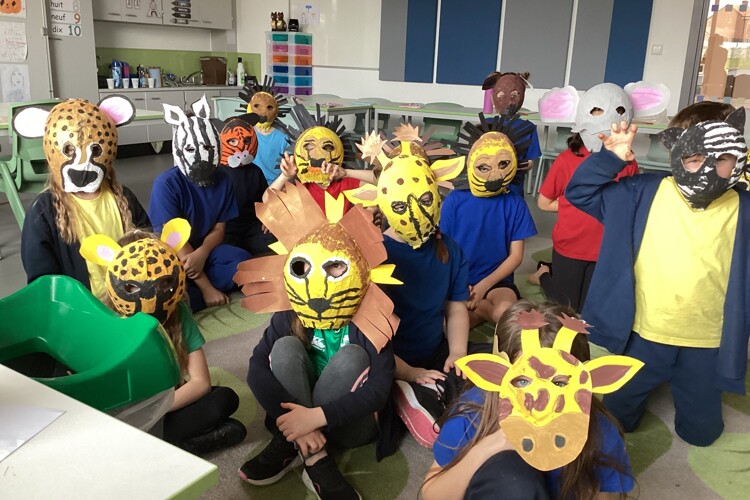
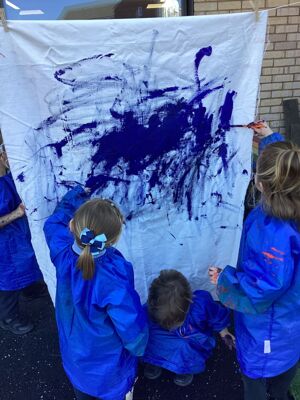 Why is Art important?
Why is Art important?
Art education has been proven to have remarkable impacts on academic, social, and emotional outcomes, helping us develop empathy as we learn more about societies, cultures and history.
Engagement with art helps us stretch our minds beyond the boundaries of the printed text or the rules of what is provable to encompass visual-spatial learning and develop motor skills. Through art, we learn to express ourselves confidently and creatively.
The main intent of our Art curriculum is to enable pupils to express their feelings and ideas, both as a means of self-expression and as a way to communicate with others.
When is Art taught? Art is taught through thematic units, both through Skills Development Tasks and through projects which then apply those skills. The Satellite View maps (below) outline which thematic units feature this subject and clearly shows the objectives taught.
How is Art taught?
Art is taught through a combination of subject knowledge and skills. Learning takes place both inside and outside the classroom.
What do we learn in Art?
In art, we learn about the mediums of collage, textiles, photography, drawing, painting, 3D form and sculpture, as well as mixed media.
How do we assess and monitor Art?
Progression in Art is not always linear, therefore teachers consider assessment as a holistic practice, which takes place during every art lesson through conversation with pupils. Three main opportunities for assessment are used:
Sketchbooks: used as a conversational tool between pupil and teacher and a place to experiment and explore.
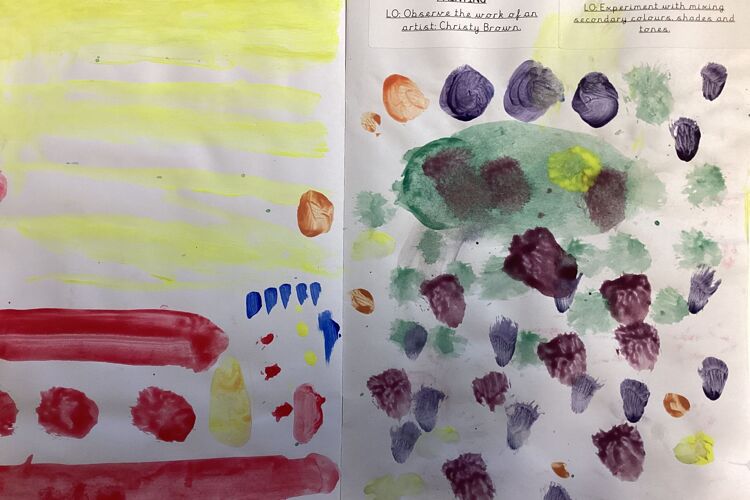
Development work: learning techniques and styles inspired by artists/movements being studied.
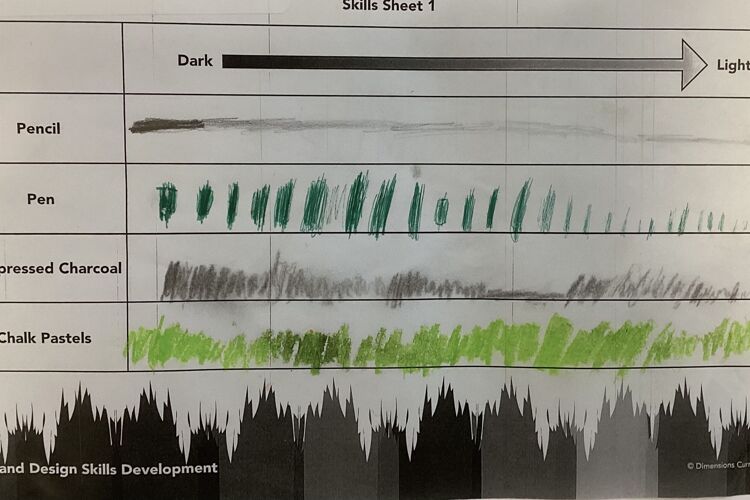
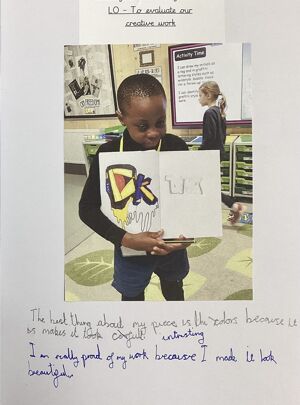 Final work: Beautifully presented final outcomes can hide significant learning journeys, and sometimes an excellent learning journey might not be reflected in the final piece alone. For this reason the ‘final piece’ of work is only a fraction of the information used to inform assessment.
Final work: Beautifully presented final outcomes can hide significant learning journeys, and sometimes an excellent learning journey might not be reflected in the final piece alone. For this reason the ‘final piece’ of work is only a fraction of the information used to inform assessment.
Use of the following questions helps to develop understanding in pupils and build our understanding of their abilities:
• Tell me about that you are drawing and what/which artists inspired you.
• What might you do next?
• Tell me about the materials and techniques you are using.
• What have you discovered?
• How do you feel about the end result?
• What kinds of problems did you encounter and how did you get round them?
• Tell me about things you really liked or enjoyed.
• What would you like to explore more of?
• What is the potential of what you have done? What could you do next?
What does inclusion look like in Art and Design?
|
Communication and Interaction |
Cognition and Learning |
|
|
|
Social, emotional and mental health difficulties |
Sensory/ or physical needs |
|
|


